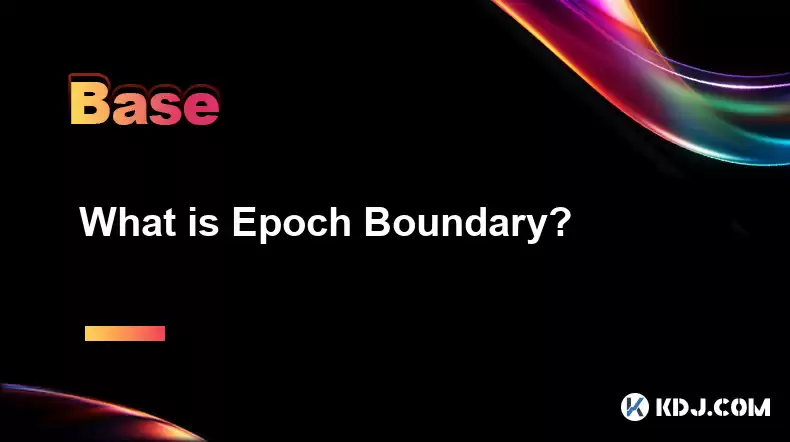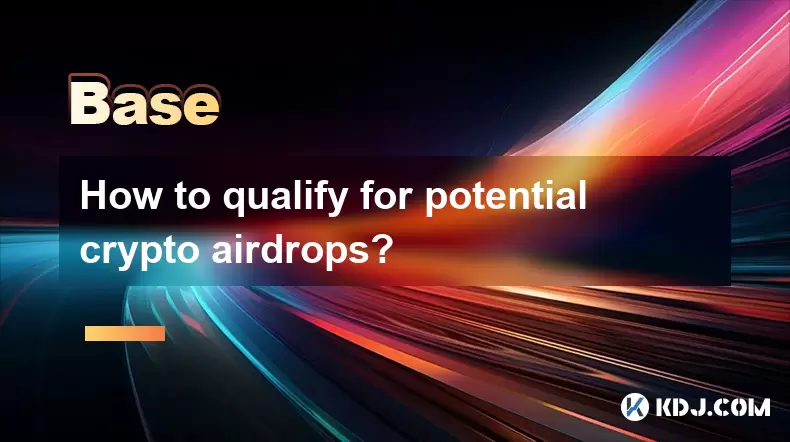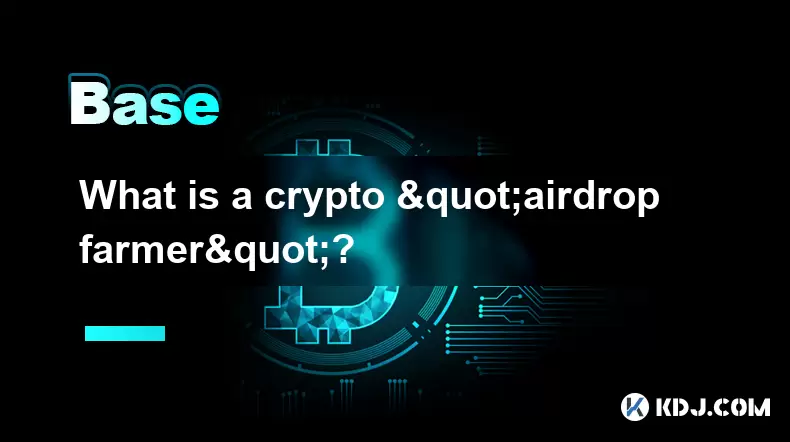-
 Bitcoin
Bitcoin $115900
-2.34% -
 Ethereum
Ethereum $3690
1.00% -
 XRP
XRP $3.109
-1.80% -
 Tether USDt
Tether USDt $1.000
-0.04% -
 BNB
BNB $771.5
0.22% -
 Solana
Solana $180.1
-3.43% -
 USDC
USDC $0.9998
0.00% -
 Dogecoin
Dogecoin $0.2293
-3.53% -
 TRON
TRON $0.3141
0.87% -
 Cardano
Cardano $0.8016
-1.19% -
 Hyperliquid
Hyperliquid $43.00
-0.08% -
 Stellar
Stellar $0.4211
-2.15% -
 Sui
Sui $3.737
0.11% -
 Chainlink
Chainlink $18.06
0.04% -
 Bitcoin Cash
Bitcoin Cash $546.9
4.97% -
 Hedera
Hedera $0.2440
0.46% -
 Avalanche
Avalanche $23.60
-0.84% -
 Litecoin
Litecoin $114.7
1.44% -
 UNUS SED LEO
UNUS SED LEO $8.975
-0.26% -
 Shiba Inu
Shiba Inu $0.00001364
-0.20% -
 Toncoin
Toncoin $3.137
-0.88% -
 Ethena USDe
Ethena USDe $1.001
-0.04% -
 Uniswap
Uniswap $10.31
1.32% -
 Polkadot
Polkadot $4.013
0.02% -
 Monero
Monero $324.6
1.07% -
 Dai
Dai $1.000
-0.01% -
 Bitget Token
Bitget Token $4.515
-1.21% -
 Pepe
Pepe $0.00001225
-2.78% -
 Aave
Aave $292.1
1.36% -
 Cronos
Cronos $0.1296
2.24%
什麼是時代邊界?
POS區塊鏈中的時期邊界標記了時期的過渡,對於驗證器改組,獎勵分配以及維持網絡完整性和安全性至關重要。
2025/04/09 16:28

什麼是時代邊界?
在加密貨幣的世界中,尤其是那些利用股份證明(POS)共識機制的世界, “時期邊界”一詞起著至關重要的作用。一個時期的邊界標誌著區塊鏈的時間表中從一個時期到另一個時期的過渡。了解此概念對於參與參與區塊鏈操作的技術方面的任何人都至關重要。
時期在區塊鏈中的作用
時期是區塊鏈操作中的一段時間,通常用於組織和管理驗證過程。在許多POS系統中,時期都用於將塊分組在一起,從而可以進行更有效的處理和驗證。每個時期由固定數量的插槽組成,每個插槽可以包含一個或多個塊。時期邊界是一個時代結束並開始的點,從而觸發網絡中的各種過程。
時期邊界如何工作
在時期邊界上,發生了幾項重要的動作。這些動作旨在維持區塊鏈的完整性和效率。例如,重新分配驗證器,分發獎勵,並提出了新的塊。確切的過程可能會根據特定的區塊鏈協議而有所不同,但是基本目的保持不變:確保平穩過渡並保持網絡的穩定性。
Epoch邊界在POS系統中的重要性
在損失系統的證明中,時期邊界特別重要。它們對於共識機制的運行至關重要,因為它們有助於驗證者的改組和重新分配折扣。這種改組有助於防止集中化,並確保網絡保持分散和安全。此外,Epoch邊界允許實施協議升級和更改,而不會破壞區塊鏈的持續操作。
時代邊界的技術細節
要深入研究技術方面,讓我們考慮如何在典型的POS區塊鏈中實現時期邊界。當一個時期達到其末端時,會發生以下步驟:
- 當前時期的最終確定:當前時期內的所有區塊均已最終確定,以確保將它們永久添加到區塊鏈中。
- 驗證器改組:為即將到來的時期選擇了一組新的驗證器。這是使用隨機選擇過程完成的,以確保公平性並防止任何單一實體主導驗證過程。
- 獎勵分配:根據上一個時期期間的性能,計算出獎勵並將其分配給驗證者。
- 新塊的提案:提出了新時代的第一個區塊,標誌著新時代的開始。
這些步驟對於維持區塊鏈的健康和安全至關重要,它們都是在時期邊界觸發的。
流行區塊鏈中時期邊界的示例
為了說明時期邊界的概念,讓我們看一些著名區塊鏈的例子:
- 以太坊2.0 :在以太坊向POS系統的過渡中,時代持續6.4分鐘,每個時期包含32個插槽。在每個時期結束時,驗證器會重新裝修,並分發獎勵。
- Tezos :Tezos使用時代來管理其烘焙(驗證)過程。每個時期持續大約2天,在每個時期的結尾,選擇了一組新的麵包師。
- Cardano :Cardano的Ouroboros協議使用時代來組織其老虎機領導者。每個時期持續5天,在每個時期的末尾,插槽負責人被重新分配。
這些示例表明瞭如何在不同的POS系統中實現時期邊界,從而強調了它們在保持區塊鏈的完整性和效率方面的重要性。
時期邊界對占有的影響
對於那些參與積分的人,了解時期邊界至關重要。斯塔克斯需要注意何時發生這些邊界,因為它們直接影響獎勵的分佈和選擇驗證者的選擇。缺少時期邊界可能會導致損失獎勵甚至處罰,具體取決於特定的協議規則。
結論
總之,階段邊界是固定區塊鏈證明的基本組成部分。它們促進了時期之間的平穩過渡,從而確保了網絡的持續操作和安全性。通過了解時期邊界的工作原理,加密貨幣生態系統的參與者可以更好地瀏覽樁和驗證的複雜性。
常見問題
問:不同區塊鏈中發生時界限一次?
答:時期邊界的頻率取決於區塊鏈。例如,在以太坊2.0中,每6.4分鐘發生一次時期邊界,而在Tezos中,它大約每2天發生一次。 Cardano每5天就有一次時期的邊界。
問:惡意演員可以操縱時期邊界嗎?
答:雖然惡意行為者在理論上有可能嘗試操縱時期邊界,但大多數POS系統都採取了強大的安全措施來防止此類行動。這些措施包括隨機驗證器選擇和加密證明,以確保時期邊界過程的完整性。
問:如果驗證者錯過了時代邊界會發生什麼?
答:如果驗證者錯過了一個時代的邊界,他們可能會錯過那個時代的獎勵。在某些系統中,缺少時期邊界也可能導致處罰,例如減少固定資金。對於驗證者而言,保持活躍並參與驗證過程以避免這種後果至關重要。
問:時期邊界與塊邊界相同嗎?
答:不,時期邊界和塊邊界是不同的概念。一個時期邊界標誌著時期之間的過渡,即塊組。另一方面,塊邊界標誌著一個時期內各個塊之間的過渡。兩者對於區塊鏈的運行都很重要,但它們具有不同的目的。
免責聲明:info@kdj.com
所提供的資訊並非交易建議。 kDJ.com對任何基於本文提供的資訊進行的投資不承擔任何責任。加密貨幣波動性較大,建議您充分研究後謹慎投資!
如果您認為本網站使用的內容侵犯了您的版權,請立即聯絡我們(info@kdj.com),我們將及時刪除。
- 虛擬每週下降:恢復分析和隱私推動
- 2025-07-26 08:50:11
- 比特幣,辛西婭·盧米斯(Cynthia Lummis)和自由金錢:紐約人
- 2025-07-26 08:30:11
- Solana,Altcoins和Coinbase:什麼是嗡嗡聲?
- 2025-07-26 06:30:12
- 2025年的XRP:公牛跑還是胸圍?
- 2025-07-26 07:30:12
- 加密立法,區塊鏈招聘和共同插入應用程序:一個新時代?
- 2025-07-26 08:30:11
- HBAR,ROBINOHAND和ALTCOINS:Crypto最新舉動的紐約分鐘
- 2025-07-26 07:10:11
相關知識

CEFI和DEFI有什麼區別?
2025-07-22 00:28:43
了解CEFI和DEFI在加密貨幣世界中, CEFI (集中財務)和DEFI (分散財務)代表了兩個不同的金融生態系統。 CEFI是指類似於傳統金融機構的平台,中央當局控制運營並管理用戶資金。示例包括集中式交換,例如二元或共同基礎。另一方面, DEFI是一個基於區塊鏈技術的分散生態系統,主要是在以太坊...

如何有資格獲得潛在的加密駕駛汽車?
2025-07-23 06:49:44
了解什麼是加密駕駛飛機加密空調指的是將免費令牌或硬幣分配到大量的錢包地址,這通常是由區塊鏈項目使用的,以提高意識和採用。這些空調可能是出乎意料的,或者它們可能需要用戶的某些合格操作。為了符合潛在的空調,用戶必須了解這些事件的結構以及通常用於選擇接收者的標準。項目經常向特定加密貨幣的現有持有人或執行某...

什麼是加密“ Airdrop農民”?
2025-07-24 22:22:20
了解加密“空投農民”的作用一個加密“空投農民”是指積極參與加密貨幣氣流以積累免費令牌的個人。 AIRDROP是區塊鏈項目使用的促銷策略,將令牌分發給廣大受眾,通常以提高意識或分散代幣所有權。 Airdrop農民旨在通過戰略性地滿足這些項目設定的要求來最大化其令牌收益。這些要求可以包括諸如加入項目的電...

Sidechain和第2層有什麼區別?
2025-07-20 23:35:57
了解側chain的概念Sidechain是一個單獨的區塊鏈,該區塊鏈平行於主區塊鏈,通常是加密貨幣的主網,例如Bitcoin或以太坊。它旨在允許資產在主鍊和Sidechain之間牢固地移動。 Sidechain的主要目的是啟用實驗和可伸縮性,而不會影響主要區塊鏈。這意味著開發人員可以測試新功能,智能...

什麼是間隔鏈通信協議(IBC)?
2025-07-19 10:43:17
了解障礙鏈溝通協議(IBC)塊間通信協議(IBC)是一種跨鏈通信協議,旨在啟用不同的區塊鍊網絡之間的互操作性。它允許獨立區塊鏈可以牢固地交換數據並無信任地交換。 IBC最初是為Cosmos生態系統開發的,已成為可以在各種區塊鏈體系結構中實現的標準。 IBC背後的核心思想是為區塊鏈建立標準化的方法,以...

碎片如何提高可擴展性?
2025-07-20 01:21:49
了解區塊鏈中的碎片Sharding是一種數據庫分配技術,在區塊鏈技術中越來越多地採用以提高可擴展性。在區塊鏈的背景下,碎片涉及將網絡拆分為較小,更易於管理的片段,稱為“碎片”。每個碎片都可以獨立處理網絡交易和智能合約的一部分,從而允許多個交易在不同的碎片上同時驗證。這種並行處理能力大大減少了驗證整個...

CEFI和DEFI有什麼區別?
2025-07-22 00:28:43
了解CEFI和DEFI在加密貨幣世界中, CEFI (集中財務)和DEFI (分散財務)代表了兩個不同的金融生態系統。 CEFI是指類似於傳統金融機構的平台,中央當局控制運營並管理用戶資金。示例包括集中式交換,例如二元或共同基礎。另一方面, DEFI是一個基於區塊鏈技術的分散生態系統,主要是在以太坊...

如何有資格獲得潛在的加密駕駛汽車?
2025-07-23 06:49:44
了解什麼是加密駕駛飛機加密空調指的是將免費令牌或硬幣分配到大量的錢包地址,這通常是由區塊鏈項目使用的,以提高意識和採用。這些空調可能是出乎意料的,或者它們可能需要用戶的某些合格操作。為了符合潛在的空調,用戶必須了解這些事件的結構以及通常用於選擇接收者的標準。項目經常向特定加密貨幣的現有持有人或執行某...

什麼是加密“ Airdrop農民”?
2025-07-24 22:22:20
了解加密“空投農民”的作用一個加密“空投農民”是指積極參與加密貨幣氣流以積累免費令牌的個人。 AIRDROP是區塊鏈項目使用的促銷策略,將令牌分發給廣大受眾,通常以提高意識或分散代幣所有權。 Airdrop農民旨在通過戰略性地滿足這些項目設定的要求來最大化其令牌收益。這些要求可以包括諸如加入項目的電...

Sidechain和第2層有什麼區別?
2025-07-20 23:35:57
了解側chain的概念Sidechain是一個單獨的區塊鏈,該區塊鏈平行於主區塊鏈,通常是加密貨幣的主網,例如Bitcoin或以太坊。它旨在允許資產在主鍊和Sidechain之間牢固地移動。 Sidechain的主要目的是啟用實驗和可伸縮性,而不會影響主要區塊鏈。這意味著開發人員可以測試新功能,智能...

什麼是間隔鏈通信協議(IBC)?
2025-07-19 10:43:17
了解障礙鏈溝通協議(IBC)塊間通信協議(IBC)是一種跨鏈通信協議,旨在啟用不同的區塊鍊網絡之間的互操作性。它允許獨立區塊鏈可以牢固地交換數據並無信任地交換。 IBC最初是為Cosmos生態系統開發的,已成為可以在各種區塊鏈體系結構中實現的標準。 IBC背後的核心思想是為區塊鏈建立標準化的方法,以...

碎片如何提高可擴展性?
2025-07-20 01:21:49
了解區塊鏈中的碎片Sharding是一種數據庫分配技術,在區塊鏈技術中越來越多地採用以提高可擴展性。在區塊鏈的背景下,碎片涉及將網絡拆分為較小,更易於管理的片段,稱為“碎片”。每個碎片都可以獨立處理網絡交易和智能合約的一部分,從而允許多個交易在不同的碎片上同時驗證。這種並行處理能力大大減少了驗證整個...
看所有文章

























































































